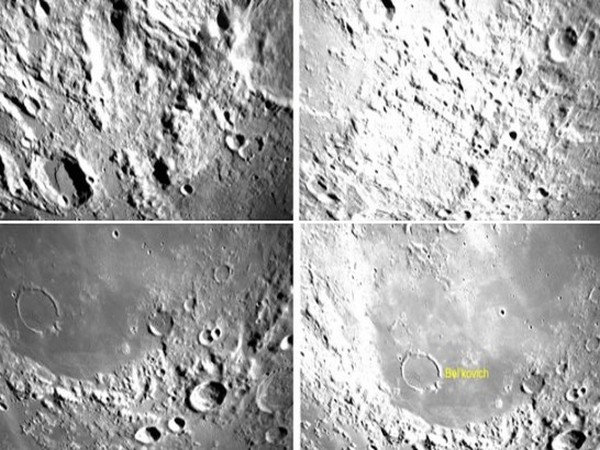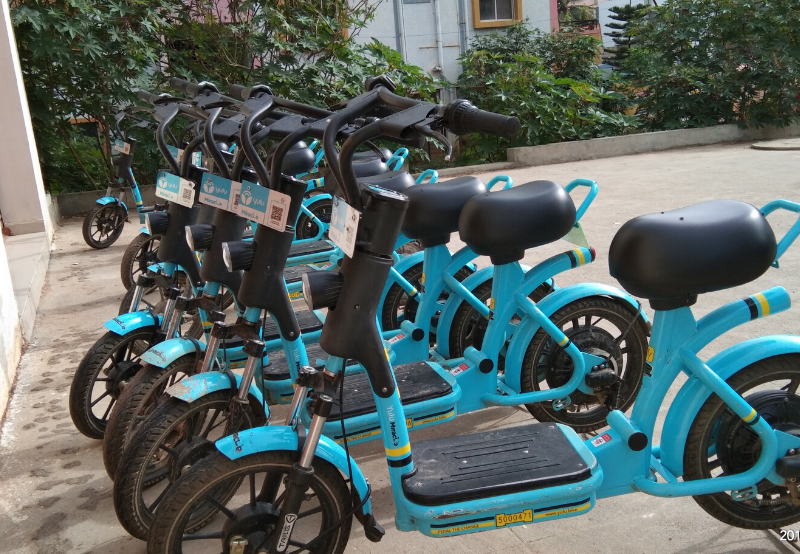Bengaluru, NFAPost: With bated breath, 140 crore Indians are anxiously awaiting the historic moment as the country’s third moon mission, Chandrayaan-3, prepares for a soft landing. Across the nation, people are fervently praying for the success of this ambitious ISRO mission.
The scheduled timing for the soft landing on the moon’s south pole is August 23, 2023, at around 18:04 IST, with the powered descent of the Vikram lander expected to commence at 17:45 IST.
The live telecast of the landing operations at the Mission Operation Complex (MOX) will kick off at 17:20 IST on Wednesday. Viewers around the world can witness the live action on the ISRO website, YouTube channel, Facebook, and the national broadcaster DD National TV starting at 17:27 IST on August 23, 2023.
In its latest update on the Chandrayaan-3 soft landing, ISRO has assured that the mission is proceeding according to schedule, with systems undergoing routine checks. Additionally, ISRO has released a series of up-close images of the moon to assist the lander module in determining its precise position, including latitude and longitude, by matching them against an onboard moon reference map.
This mission, if successful, will propel India into an elite group of nations that have marked their presence on the lunar south pole—a region known for its rugged and challenging terrain. Only the United States, China, and Russia have achieved successful moon landings thus far.
Traditionally, spacecraft missions to the Moon have focused on the equatorial region due to its favourable terrain and operating conditions. However, the lunar south pole presents a vastly different and more challenging landscape compared to the equatorial regions.
With all eyes fixed on Chandrayaan-3’s soft landing, especially in the wake of Russia’s recent Luna-25 mission failure, let’s revisit the sequence of events in India’s mission since its launch 41 days ago.
The spacecraft embarked on its journey from the Satish Dhawan Space Centre in Andhra Pradesh’s Sriharikota on July 14. It was launched using a GSLV Mark 3 (LVM 3) heavy-lift launch vehicle and was successfully inserted into lunar orbit on August 5. Since then, it has undergone a series of orbital manoeuvres to bring it closer to the moon’s surface.
ISRO has consistently reported that the spacecraft’s health remains “normal” since the July 14 launch.
On August 17, a significant milestone was achieved as the ‘Vikram’ lander module, named after Dr. Vikram Sarabhai, the father of the Indian space program, successfully separated from the propulsion module. Following this, the deboosting of the Lander module occurred in two phases, gradually slowing it down and positioning it in an orbit where its closest point to the Moon could be achieved.
Chandrayaan-3’s objectives include a safe and soft landing on the lunar surface, the deployment of a rover on the moon’s surface, and the execution of in-situ scientific experiments. The approved cost for the Chandrayaan-3 mission is Rs 250 crores, excluding launch vehicle costs.
Development for Chandrayaan-3 commenced in January 2020, with the initial launch planned for 2021. However, unforeseen delays caused by the Covid-19 pandemic disrupted the mission’s progress.
Astro-scientists believe that the partially successful Chandrayaan-2 mission will be a valuable asset to Chandrayaan-3. The previous mission meticulously mapped the moon’s surface, and these maps can now be utilized to aid in the soft landing process.
Astronomer Priya Hasan explained how Chandrayaan-2’s orbiter, which is still circling the moon, is playing a crucial role in Chandrayaan-3’s mission. Chandrayaan-2 was only “partially successful” as the lander lost contact after a hard landing. However, ISRO recently achieved two-way communication between the Chandrayaan-3 lander module and the still-orbiting Chandrayaan-2 orbiter, marking a significant advancement in the mission.





